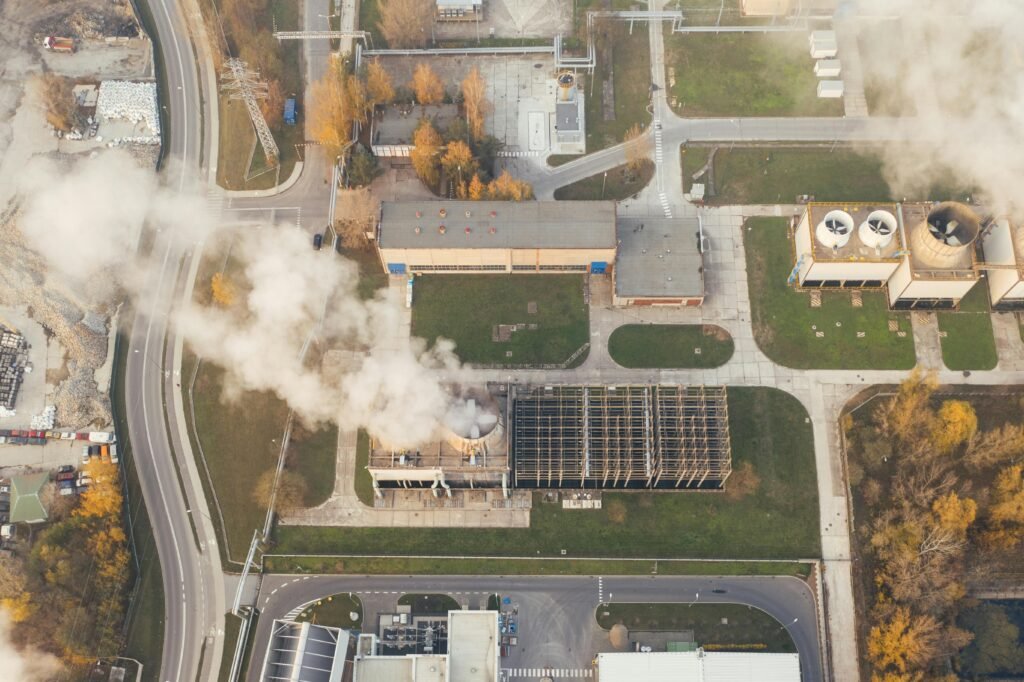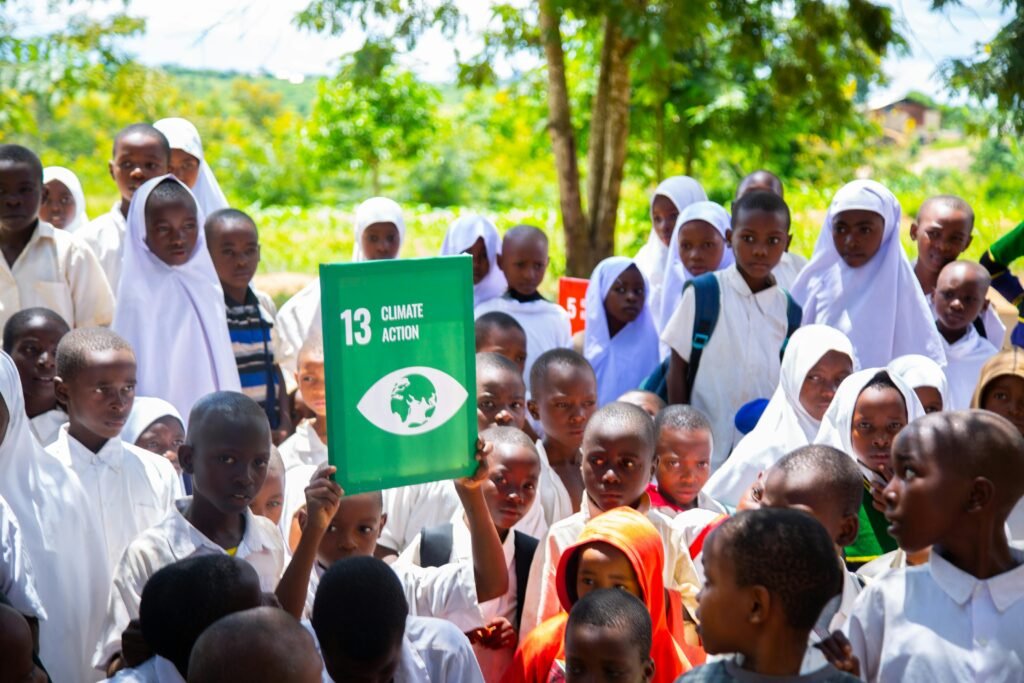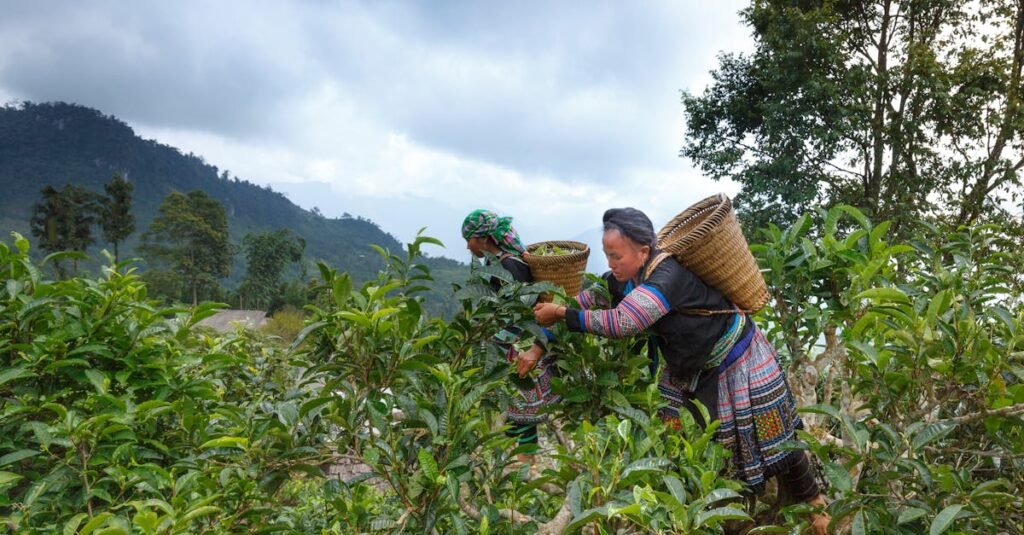Discover how anticipatory action uses forecasts to deliver aid before disasters, protecting lives and livelihoods. Learn its impact and integration.

Anticipatory Action: The Smart Way to Provide Humanitarian Assistance for Forecastable Events, Ahead of the Shock
In a world where climate change and recurring disasters are no longer anomalies but harsh realities, the traditional reactive model of humanitarian aid often falls short. We’ve all seen the heartbreaking images: families displaced by floods, communities ravaged by droughts, lives upended overnight. But what if we could flip the script? What if, instead of scrambling to respond after the damage is done, we acted before the crisis hits its peak? That’s the essence of anticipatory action a proactive, forecast-driven approach that’s transforming how we deliver humanitarian assistance.
At Trend Nova World, through our Social Sector Division, we’re deeply committed to advancing all 17 United Nations Sustainable Development Goals (SDGs). Since our founding in 2016, we’ve empowered transformations across 193 countries, blending innovation with cross-sector expertise in HR, logistics, real estate, fashion, and tech & education. Our social impact initiatives have created over 50,000 jobs, with a goal of 100,000 sustainable ones by 2030, focusing on underrepresented talent in emerging markets. Anticipatory action aligns perfectly with our mission of global vision, strategic innovation, and trusted excellence. It builds resilience, protects vulnerable populations, and bridges the humanitarian-development nexus, ensuring that our efforts in climate adaptation and disaster preparedness yield lasting results.
In this deep analysis, we’ll explore anticipatory action from every angle: its mechanics, benefits, integrations, challenges, real-world applications, and future potential. Drawing on technical insights and case studies up to August 2025, we’ll see why this isn’t just a buzzword it’s a game-changer for saving lives, livelihoods, and dignity.
How Anticipatory Action Works: Mechanisms and Technical Foundations
Anticipatory action isn’t about guesswork; it’s rooted in rigorous science and pre-planning. At its core, it’s a set of humanitarian interventions triggered when a pre-agreed forecast threshold is crossed. These thresholds are based on predictive data from early warning systems, which analyze meteorological, hydrological, or epidemiological patterns to forecast shocks like floods, droughts, storms, or disease outbreaks.
Technically, the process starts with risk assessment. Organizations use tools like the INFORM Risk Framework or Impact-Based Forecasting Portals to blend historical data on hazards, exposure, and vulnerability. For instance, a drought threshold might be set at a certain soil moisture deficit level combined with rainfall predictions from models like those from the World Meteorological Organization (WMO). Once crossed, pre-financed actions kick in funds are released automatically, bypassing bureaucratic delays that plague traditional aid.
Pre-financing is crucial here. Mechanisms like the UN’s Central Emergency Response Fund (CERF) or the International Federation of Red Cross and Red Crescent Societies’ (IFRC) Disaster Response Emergency Fund (DREF) allocate resources in advance. In 2025, CERF committed $224 million cumulatively for anticipatory frameworks across 20 countries, disbursing $109 million for activations. This ensures interventions such as cash transfers, livestock vaccinations, or shelter reinforcements are deployed swiftly.
Consider the technical workflow: Early warning systems (EWS) integrate satellite data, AI-driven models, and ground-level monitoring. For example, in Kyrgyzstan, the Red Crescent Society activated its Early Action Protocol for heatwaves when forecasts predicted extreme temperatures in southern regions. Actions included distributing cooling kits and awareness campaigns, all pre-planned and funded.
But it’s not just about tech community involvement is key. Participatory approaches ensure thresholds reflect local realities, like incorporating indigenous knowledge in vulnerability mapping. This hybrid model data plus human insight makes anticipatory action adaptable to diverse contexts, from urban floods in Bangladesh to rural droughts in Niger.
In essence, anticipatory action shifts from a “wait-and-see” to a “predict-and-prevent” paradigm, leveraging probabilistic forecasting where the probability of a shock exceeding 50-70% (depending on the framework) triggers response. This technical precision minimizes false positives while maximizing impact, making it a smart, scalable tool for humanitarian actors.
Benefits: Protecting Lives, Livelihoods, and Dignity
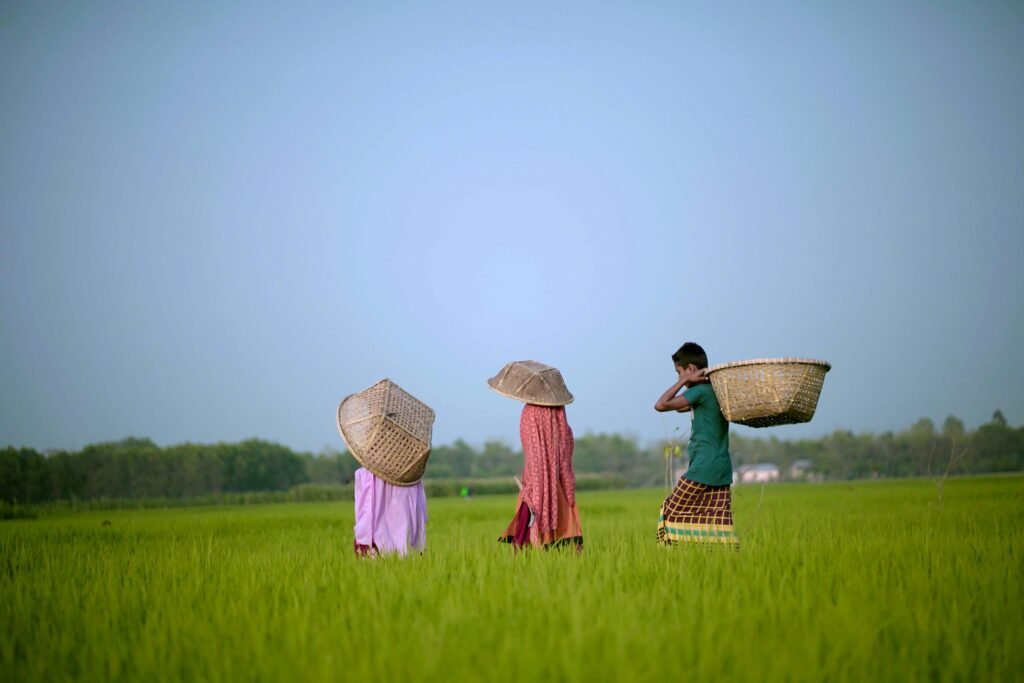
The advantages of anticipatory action are profound and multifaceted. First and foremost, it saves lives by reducing exposure to shocks. Studies show that every $1 invested in anticipatory measures can save up to $7 in post-disaster recovery costs. By acting early, we prevent acute humanitarian impacts, like malnutrition spikes during droughts or disease outbreaks post-floods.
Take livelihoods: In agrarian communities, preemptive actions like providing drought-resistant seeds or evacuating livestock can avert asset loss. In Somalia, early cash assistance before a 2023 drought helped families avoid selling productive assets, preserving long-term economic stability. This not only protects income but also dignity people aren’t reduced to begging for aid; they’re empowered to weather the storm.
Dignity is a core benefit often overlooked. Reactive aid can be chaotic and dehumanizing, with long queues and uncertain distributions. Anticipatory action, by contrast, is targeted and timely, allowing recipients to make choices like buying food or reinforcing homes before panic sets in. It’s more humane, fostering agency rather than dependency.
From a technical standpoint, it’s efficient. Pre-financed triggers cut response times from weeks to days, optimizing logistics. In Bangladesh’s 2024 floods, CERF-funded actions reached 1.1 million people pre-impact, reducing emergency health needs by 30%. It also integrates with SDGs, supporting Goal 13 (Climate Action) by building resilience and Goal 2 (Zero Hunger) through food security measures.
Moreover, it’s cost-effective for donors. The IFRC estimates anticipatory approaches represent less than 1% of humanitarian funding but yield outsized returns. At Trend Nova World, we see this as aligning with our outcome-driven model delivering 1.2 million+ solutions globally by preventing setbacks in education, health, and economic growth.
Engaging communities early also builds trust, encouraging participation in broader development efforts. In short, anticipatory action isn’t just aid; it’s investment in human capital, yielding dividends in stability and progress.
Integration with Other Humanitarian Approaches and Climate Efforts
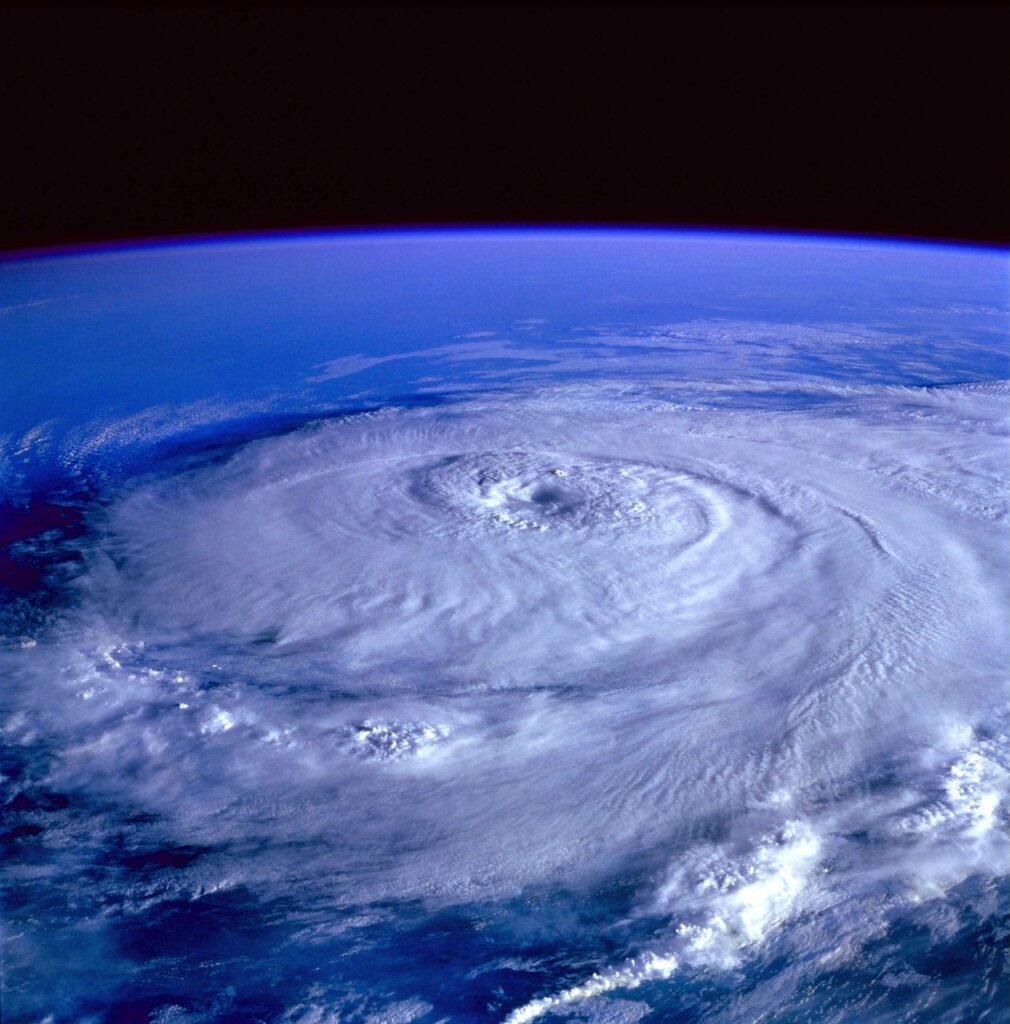
Anticipatory action doesn’t exist in a vacuum it’s interwoven with established frameworks, enhancing synergy across sectors. It builds on early warnings, early action, climate adaptation, and disaster preparedness, creating a holistic ecosystem.
Start with early warning systems (EWS): Anticipatory action operationalizes EWS by linking alerts to actions. The UN’s Early Warnings for All initiative, aiming for global coverage by 2027, feeds into this, using multi-hazard platforms to trigger responses. For example, in the Philippines, the 2025 State of Imminent Disaster bill mandates local governments to incorporate anticipatory measures into disaster plans.
It dovetails with climate adaptation by addressing slow-onset risks like sea-level rise. In Central America, a 2025 regional strategy endorsed by seven countries institutionalizes anticipatory action within adaptation plans, focusing on droughts and storms. This bridges the humanitarian-development divide, aligning with the Paris Agreement’s loss and damage provisions.
Disaster preparedness gains from pre-agreed protocols. The IFRC’s approach integrates anticipatory action into national Red Cross societies’ preparedness, like pre-positioning supplies based on forecasts. In conflict zones, it complements humanitarian principles by enabling neutral, impartial aid delivery before escalation.
Technically, integration involves data interoperability sharing between meteorological services, NGOs, and governments. AI enhances this, as explored in 2025 workshops on responsible AI for forecasting. Social protection systems are key too; linking anticipatory cash to government welfare nets, like in Fiji’s tropical cyclone framework, scales impact.
At Trend Nova World, this mirrors our unified capabilities our Tech & Education Advisory supports EWS training, while Logistics aids supply pre-positioning. By weaving anticipatory action into broader efforts, we amplify resilience, ensuring humanitarian aid supports sustainable development.
Challenges and Limitations: Navigating the Hurdles
Despite its promise, anticipatory action faces significant barriers. Funding is a perennial issue while tripling in recent years, it still comprises under 1% of global humanitarian budgets. Donors hesitate due to the “what if it doesn’t happen?” risk, preferring reactive models where needs are evident.
Institutional challenges abound. Shifting mindsets from response to prevention requires systemic change. The 2023 Grand Bargain update committed to scaling anticipatory action, but implementation lags. In fragile contexts, like South Sudan, conflict complicates forecasting and access.
Technical hurdles include forecast accuracy. While improving, models for complex hazards like cholera outbreaks in DRC rely on probabilistic data, risking over- or under-triggering. Data gaps in low-income regions hinder vulnerability mapping.
Ethical dilemmas arise: Who decides thresholds? Ensuring equity, especially for marginalized groups, is vital. In Mali’s 2025 National Dialogue, recommendations focused on inclusive institutionalization.
Overcoming these demands flexible financing, like insurance-linked triggers explored by ARC and PCRIC. Public-private partnerships, akin to our Trend Nova model, can bridge gaps through innovation and resources.
Case Studies: Real-World Applications and Lessons Learned

Let’s ground this in reality with examples up to 2025.
Bangladesh Floods: In 2024, CERF activated $37 million ahead of monsoon floods, distributing cash and silo drums. Renubala used aid to build a raft, protecting her family and children’s education. Outcome: Reduced recovery costs by minimizing asset loss.
DRC Cholera Outbreaks: OCHA anticipated three outbreaks in 2025, releasing $750,000 each time for hygiene kits and vaccinations in Kinshasa and North Kivu. This integrated with health systems, curbing spread in vulnerable IDP camps.
Niger Drought: A 2023-2025 project reinforced food security via anticipatory cash, breaking negative coping cycles like asset sales. Technical insight: Triggers based on vegetation indices from satellite data.
Sudan Food Insecurity: Amid conflict, anticipatory measures in 2024 targeted IPC Phase 4 areas, providing emergency food before lean seasons. Challenges: Access denials highlighted need for advocacy.
Guatemala Drought: In 2025, OCHA released $4 million pre-impact, supporting Chiquimula communities with water and seeds.
These cases show anticipatory action’s versatility, from rapid-onset floods to slow-onset droughts, with lessons on community buy-in and adaptive thresholds.
Future Outlook: Innovations and Scaling Up
Looking to 2030, anticipatory action is poised for growth. The 2025 Mercy Corps Ventures Accelerator pilots AI and crypto for faster payouts in Kenya and Nepal. IGAD’s Regional Roadmap in Eastern Africa advances tailored EWS.
Innovations include AI for predictive analytics and insurance integration for funding. The Anticipation Hub’s 2025 MENA Dialogue pushed for regional scaling.
At Trend Nova, our 2026-2030 priorities green-tech integration and public-private partnerships will amplify this, targeting 100,000 jobs in resilient sectors.
Challenges remain, but with commitments like FAO’s 20% emergency funding pledge by 2025, the momentum is building.
A Call to Action for a Resilient Future
Anticipatory action represents the evolution of humanitarian assistance smart, proactive, and integrated. By acting ahead of shocks, we protect what matters most: lives, livelihoods, and dignity. At Trend Nova World, we’re proud to champion this through our Social Sector, aligning with SDGs and our global partnerships.
As we face escalating climate risks, let’s commit to scaling this approach. Book an appointment on our site to explore collaborations. Together, we can build a world where disasters don’t define destinies.


